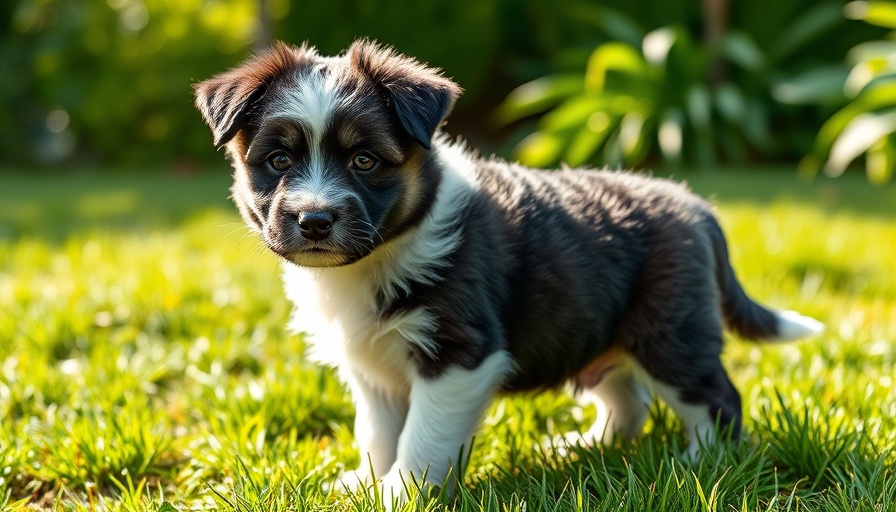
Mastering the Art of Potty Training: Where to Begin
Potty training a puppy may seem daunting, but with some consistency and patience, it can be a smooth process. The first tip to start with is establishing a routine. Puppies have small bladders and need to relieve themselves frequently—generally every hour or two. Plan your potty breaks around their eating and playtimes, as well as after they wake up from a nap.
In 'How To Potty Train A Puppy - Quickly', the discussion dives into effective potty training techniques, exploring key insights that sparked deeper analysis on our end.
Understanding Your Puppy’s Signals
Monitoring your puppy closely will make a big difference. Look for signs such as sniffing, circling, or heading toward the door—these indicate it’s time to go outside. If you catch your puppy showing these signals, guide them immediately to the designated potty area. Over time, this will reinforce the idea of where they should go, enhancing successful potty experiences.
Positive Reinforcement: The Key to Success
Using positive reinforcement will significantly accelerate your puppy’s learning process. Every time your puppy successfully toilets in the correct spot, reward them with enthusiastic praise or high-value treats like chicken. This practice helps them associate going potty in the right place with a positive outcome, making them more eager to repeat the behavior in the future.
The Importance of Environment Management
Preventing accidents before they happen can save you a lot of stress. Prepare your home by removing any valuable items from your puppy's reach and closing doors to areas where they shouldn’t be. Supervision is essential—this way, you can catch any signs of distress and react promptly. You can also place puppy pads in your home to give your puppy an alternative option, especially during inclement weather or if you live in a flat.
Handling Accidents Gracefully
Accidents are part of the journey. If your puppy has an accident indoors, don't scold them. Instead, handle the situation calmly and clean the area with an enzymatic cleaner specially designed to eliminate odors. This is crucial in preventing repeat performances in the same spot. Keep in mind that punishing your puppy can damage their confidence and trust in you.
Patience is a Virtue in Training
Toilet training takes time, and every puppy is different. While it may be frustrating if your puppy hesitates during walks due to environmental distractions, it's essential to remain patient. Encourage your puppy without forcing them; they will learn to associate outdoor toilets with positive experiences as they grow comfortable in their surroundings.
Advanced Tips for Success
Once your puppy starts showing marked improvement, you can gradually extend the time between potty breaks. As they mature, their bladder capacity will increase and help facilitate this transition. Moreover, training them to toilet on command—using phrases like "go potty" when you take them out—will further reinforce their understanding of the routine.
Conclusion: Embarking on This Training Adventure
Ultimately, the journey of potty training is about creating a bond of trust between you and your puppy. Use positive reinforcement, establish a routine, and stay patient as your furry friend learns the rules. With hard work and dedication, you'll both come out of this experience stronger and more connected. For dog enthusiasts looking for holistic pet care services and products that support well-being, consider exploring options like organic dog treats subscriptions or eco-friendly pet supplies.
 Add Row
Add Row  Add
Add 




 Add Row
Add Row  Add
Add 

Write A Comment